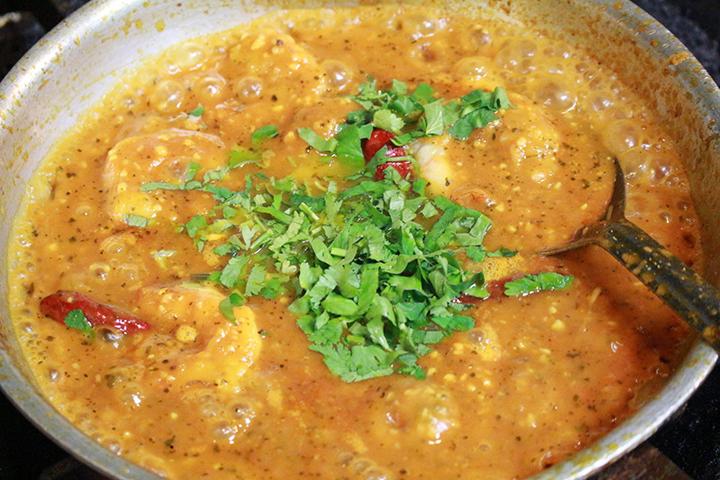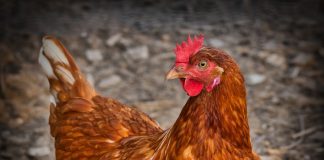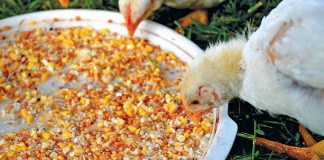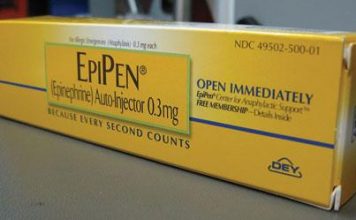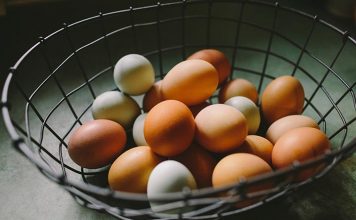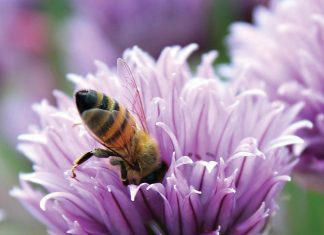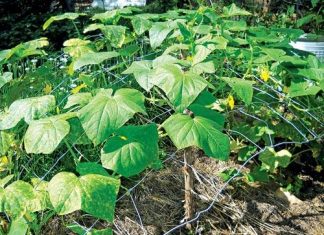Recipe of the Week
Masala jheenga
Courtesy of
Richard Blunt
|
Ingredients
1-1/2 tsp. white poppy seeds
2 lbs. medium-sized raw shrimp (about 30-35 shrimp per lb.)
1/2 tsp. turmeric
2-1/2 cups cold water
1/4 cup regular or lowfat milk
1/4 cup cottage cheese
3 Tbsp. peanut oil
2 cups onion, chopped finely
3 cloves fresh garlic, minced
2 tsp. garam masala**
1 tsp. paprika
4 fresh plum tomatoes, peeled, seeded, and chopped
1/4-1/2 tsp. cayenne pepper
1 tsp. kosher salt
2 Tbsp. fresh cilantro leaves, chopped
Method
In small fry pan, dry roast poppy seeds over medium heat until brown. Let cool for a few minutes then grind to a powder in a spice mill or blender.
Peel and devein shrimp, then wash in cold running water. Put in a colander and let drain for 15 minutes.
Put shrimp, turmeric, and cold water in a pot to poach over a medium flame. Watch shrimp carefully because they will cook completely before the water boils. Drain shrimp and save poaching water.
Process milk and cottage cheese in a blender until thoroughly blended together with creamy consistency.
Heat oil in Dutch oven (or other heavy-bottomed skillet with a non-stick surface) over medium heat. Fry onions, stirring constantly, until medium brown (about 10 minutes). Add garlic and cook for another minute.
Reduce heat to low, and stir ground poppy seeds, garam masala, and paprika into onion mixture, and cook about 15 seconds.
Add chopped tomato, cayenne pepper, salt, and 1-1/2 cups of the reserved poaching liquid. Increase heat to medium high and boil mixture uncovered for 15 minutes, or until sauce becomes thick and pulpy. Be sure to stir sauce every few minutes to prevent sticking.
Reduce heat and add cottage cheese and milk puree. Cook mixture over low heat for another 2 minutes, stirring constantly. Gently stir in shrimp, cover, and slowly simmer mixture until shrimps are heated through. Turn off heat and let mixture rest for 1 hour before serving.
At serving time slowly heat mixture. Sprinkle cilantro leaves on top as you bring the dish to the table.
Garam masala is a blend of dry-roasted ground spices common in Indian cuisine, whose literal meaning is ‘hot spices’. There are many variants: most traditional mixes use just cinnamon, cloves, nutmeg (and/or mace), black pepper and green cardamom seed or black cardamom pods. Many commercial mixtures may include more of other less expensive spices and may contain dried red chili peppers, dried garlic, ginger powder, sesame, mustard seeds, turmeric, coriander, cloves, black pepper, cardamom, cinnamon, bay leaves, cumin, nutmeg, and fennel. While commercial garam masala preparations can be bought ready ground, it does not keep well, and soon loses its aroma. It is much better to buy the whole spices, which keep fresh much longer, and to grind them when needed using a pestle or cheap electric coffee grinder.


